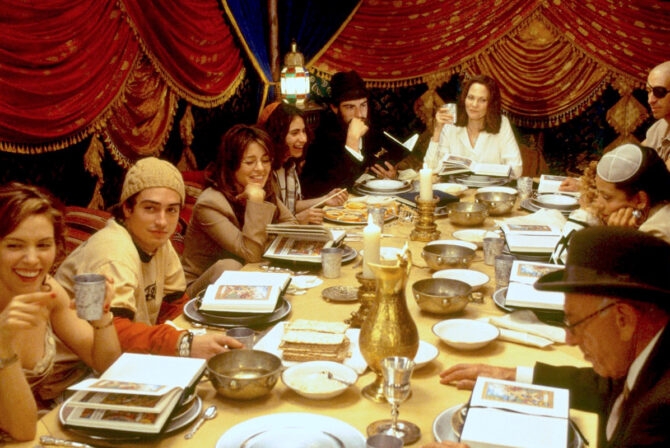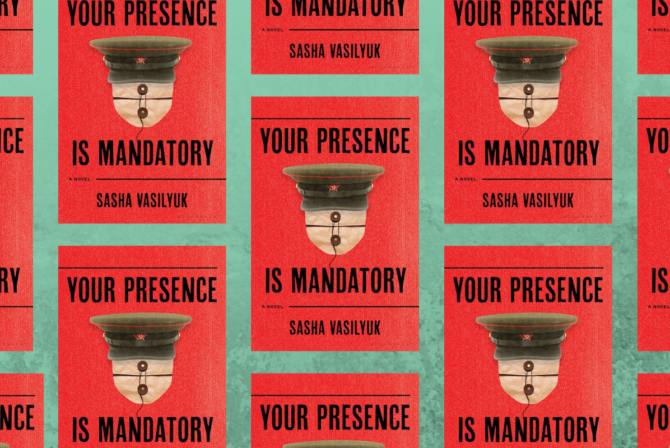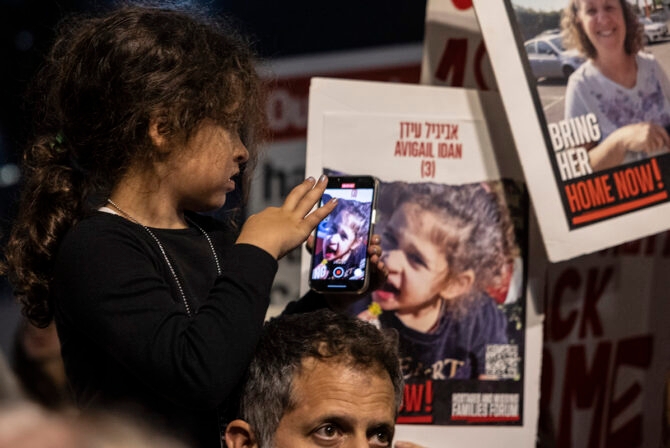Teaching kids how to share is one of the first values that many parents convey to their children. The Jewish ethic of giving tzedakah is deeply rooted in this idea; it is about making sure that all of the world’s resources (food, water, clothing, education, shelter) are shared justly. Engaging kids with the idea of tzedakah is an extension of a values discussion most families already have.
Educating kids about tzedakah can also help them understand that what they do matters and that, in small ways, they can make a difference in this world.
Start With Yourself
According to a study by Dr. Noa Heyman, clinical psychologist, modeling charitable giving is the most effective way for parents to communicate philanthropic values to their children. So it’s important for parents to develop a regular practice of giving.
You may want to strive for the Jewish goal of giving 10% of your income annually toward tzedakah. If money is tight and you are cutting back on non-essentials in your budget, you may consider making fewer charitable gifts while maintaining core commitments, or volunteering 10% of your time to a cause you believe in. As you make decisions about how much and where to give, talk explicitly with your children about what you are doing, so they can learn from the example you set.
Make Tzedakah a Part of your Family’s Natural Rhythm
In addition to your personal giving, create regular opportunities to give both time and money, together with your kids. While your children might not have much money of their own to give, even donating your money will get them in the habit of financial giving.
Here are a few ideas:
Daily
Whenever you go to the grocery store, buy a couple extra cans of food. Deliver them to the local food pantry with your kids.
Weekly
Before lighting Shabbat candles, make a point of putting a few dollar bills into a tzedakah box and give children a few bills to put in as well. Let them know that we mark the end of every week by sharing what we earned this week with others. If you give your kids a weekly allowance, suggest that they set aside 10% of it for tzedakah, in keeping with Jewish tradition.
Monthly
Sit down with your kids once a month and ask them to pick a cause they would like to support. Help them think of things they can relate to, like toys or warm clothes for kids that don’t have them, or food for people in the community who are hungry.
Because giving money is only a symbolic gesture for young kids, it’s helpful to link the act of giving money with volunteering. Consider making your monthly donation to organizations where you can also volunteer for a few hours together. Food pantries often have repetitive, simple work that is easy for kids four years and older to do. Making sandwiches at a soup kitchen is also an easy way to get young kids involved.
Jewish Holidays
Most Jewish holidays have an element of tzedakah built in. In the weeks leading up to Passover it is customary to give tzedakah to poor Jews to ensure that they have enough money to celebrate the holiday, and at the seder we say “let all who are hungry come and eat.” In keeping with these traditions, on or before Passover, consider volunteering with your kids to prepare and deliver a meal to a homebound elderly person.
On Shavuot, which commemorates bringing the first fruits of one’s harvest, we read in the Book of Ruth about the mitzvah of leaving the corners of the fields for the poor. Shavuot falls at a great time of year to take your kids to a local farmer’s market and buy fruits and other produce to deliver to your local food pantry. On Purim, there is a mitzvah to give gifts to the poor; consider buying a meal for a homeless person as a way of fulfilling this obligation.
Special Occasions
Any time your kids get money for a birthday or holiday, encourage them to give some of it (perhaps 10%) to tzedakah. And when you buy a gift for someone else (including your kids), in addition to a physical present, give them a gift card from an organization like Changing the Present or GlobalGiving. These allow the recipient to contribute the value of the gift card to a cause he or she cares about. On national holidays like Martin Luther King Day, take part in a social service day in your community. Many Jewish communities also plan special volunteer projects on Christmas Day.
Confront Issues of Poverty Directly
If your family’s tzedakah is channeled toward projects that address poverty, hunger, or homelessness, your kids may become insecure about your family’s financial stability. Listen carefully to their questions and be honest with your answers, while assuring their safety and security. If they ask you if you will ever become poor, assure them that if that happens, you have a plan to make sure everyone in the family is okay.
In the face of injustice, kids, just like adults, can feel powerless. Teach your kids basic research skills so that they can break down social problems and learn how to offer useful help. For example, after a natural disaster, look at websites like the American Jewish Joint Distribution Committee, American Jewish World Service, and the American Red Cross, and see what they are calling volunteers to do. This will teach your kids about the organizations that are already set up to help people who need it, and what role they as volunteers can play.
Being intentional about developing a regular tzedakah practice in your family that includes talking openly about your decisions and research will help your kids incorporate this Jewish ethic into their own lives. This will habituate the practice for them to build on in the future.








